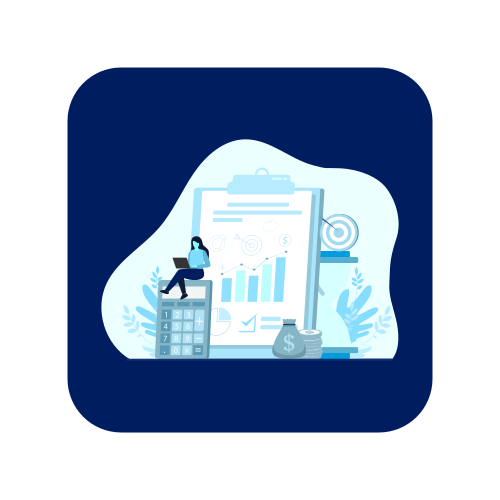INFOGRAPHIC: 6 Considerations for When to Use RPA in Finance and Accounting
Robotic process automation (RPA) has become the go-to tool in the finance and accounting sector for automating labor-intensive, repetitive processes to achieve an almost immediate ROI. But before beginning your RPA engagement, you should ask yourself the following questions:
- Where are you leaving money on the table? Look at your suppliers, billing systems, and/or sales incentives.
- Are you adding inefficiency to your processes through keying errors and rework?
- Are your finance systems integrated, or are they siloed?
- Are you still using paper-based documentation and Excel to manage risk, control, and compliance?
- What process functionality do you lack in your Enterprise Resource Planning and business tools?
- Are you getting the most out of your RPA platform? Is there another RPA tool that can provide more cost savings, scale, and greater ROI?
In finance and accounting, RPA can be an invaluable asset that improves process quality and execution while reducing operational costs; however, not all RPA projects go off without a hitch. In fact, through 2021, 40% of enterprises will face challenges due to misaligned, siloed usage, and an inability to scale. To avoid unnecessary rework and ensure that your RPA project produces higher quality automations that can easily be scaled, here are 6 things to consider before you implement RPA:
- Speed to Value - If your goal in implementing RPA is to go beyond labor cost savings (hint: it absolutely should be), then before you automate any processes, you must first find ways to improve them. RPA is not a process optimization tool; it operates at a task-level and not as an end-to-end optimization tool. Taking the time to understand and optimize your processes before automating eliminates future risks like bot breakage and rework.
- Total Cost of Process Ownership - Think about the full IT stack cost, manual labor, and any rework of inaccurate data and implement controls around that. Use process mining and process discovery tools to inform yourself of what current-state processes look like and re-engineer them accordingly.
- Are RPA Platforms Alone Enough? - To successfully automate processes within a large enterprise, RPA is typically not enough. Process mining, discovery, and optimization tools ensure organizations can easily determine which tasks and processes are ideal for RPA, creating a roadmap for your automation project. With a complete map, enterprises can quickly identify new pathways and future automation opportunities.
- Are your People Ready? - At many organizations, change management is reactive; however, adopting RPA requires a different approach. Consider running workshops to communicate the value of RPA and align your team with your automation goals. Create internal evangelists of those most affected by RPA. As employees begin to experience the benefits of RPA, they’ll begin to find potential automation opportunities in their daily workflows.
- Scale Across the Enterprise - RPA is most valuable when it can be scaled across the enterprise. It will be crucial to digitally document and store all relevant information and knowledge in a centralized space to apply lessons learned to future automation projects.
- Is it time to switch RPA platforms? - RPA programs are quickly coming to the realization that automation at scale with substantial returns is no trivial endeavor. The ease of implementation and ROI they were promised hasn't been as forthcoming as was originally indicated. Now, automation teams are looking at other providers like Microsoft's Power Automate who can pave the road to a scalable, thriving RPA model, yet the cost and effort of migrating entire digital workforces is a challenge that prevents organizations from making the switch. With Blueprint, the barriers that prevented migration have been completely unlocked.
Blueprint has developed a seamless RPA platform migration solution that accelerates switching providers by 3x and reduces migration by 75% so companies can access the scale and returns from automation they covet.
Read the RPA platform migration datasheet to learn more on how Blueprint enables the migration of entire digital workforces faster than ever, and at a fraction of the cost.
Share this
Recent Stories

9 Use Cases of RPA in Finance and Accounting

5 Ways Automation and RPA are Changing Financial Services



